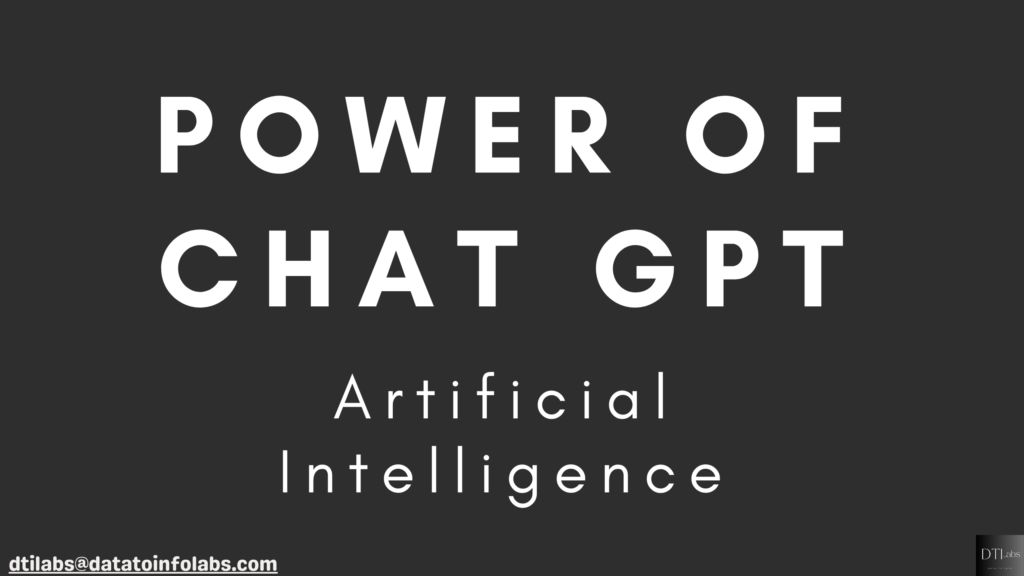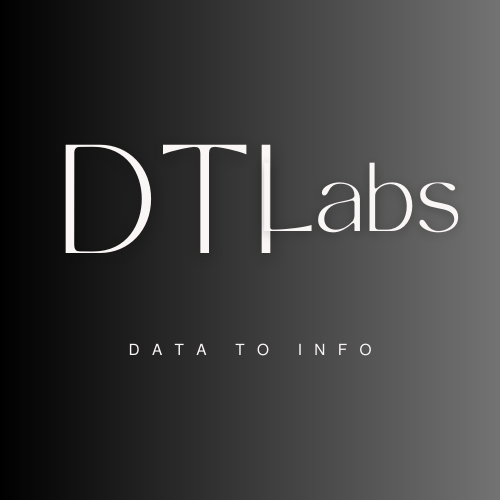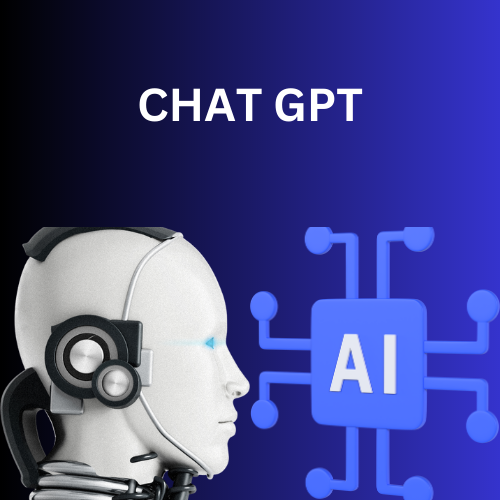Chat GPT has revolutionized the field of conversational AI, showcasing its potential to transform the way we interact with AI-powered systems. Its ability to generate coherent and contextually relevant responses has paved the way for applications such as customer support, virtual assistants, content generation, and language translation.

Introduction
In recent years, the field of Artificial Intelligence (AI) has witnessed remarkable advancements, particularly in the domain of natural language processing. One groundbreaking development in this field is the emergence of Chat GPT, an innovative conversational AI model that has captivated researchers and users alike. Chat GPT, based on the GPT-3.5 architecture developed by OpenAI, has taken conversational AI to new heights, offering unprecedented capabilities and transforming the way we interact with AI-powered systems.
What is Chat GPT
Chat GPT is a state-of-the-art language model that leverages deep learning techniques to engage in natural and meaningful conversations with users. It is designed to understand and generate human-like text, making it an ideal tool for a wide range of applications, including customer support, personal assistants, language translation, content generation, and more.
How Chat GPT Works
At its core, Chat GPT relies on a massive dataset that comprises an extensive collection of text from various sources such as books, websites, and articles. During training, the model learns the statistical patterns and relationships present in this dataset, allowing it to generate coherent and contextually relevant responses when presented with a user’s input.
The Power of Context:
One of the key strengths of Chat GPT lies in its ability to capture and utilize context effectively. By analyzing the user’s input and the previous conversation history, the model can generate responses that are not only relevant but also coherent and consistent with the ongoing discussion. This contextual understanding enables Chat GPT to engage in more natural and human-like conversations, enhancing the user experience.
Limitations and Ethical Considerations
While Chat GPT demonstrates remarkable capabilities, it is not without limitations. The model may sometimes produce responses that are factually incorrect or exhibit biased behavior. OpenAI has made efforts to mitigate these issues, but they highlight the importance of ongoing research and responsible deployment of AI technologies. It is crucial to exercise caution and ensure human oversight to prevent the dissemination of misinformation or harmful content.
Applications of Chat GPT
- Customer Support: Chat GPT can provide personalized and efficient customer support by addressing inquiries, troubleshooting issues, and offering recommendations.
- Virtual Assistants: With its conversational abilities, Chat GPT can serve as a virtual assistant, assisting users with tasks, managing calendars, and providing helpful information.
- Content Generation: Chat GPT’s language generation capabilities make it a valuable tool for content creators, helping them generate ideas, draft articles, or even create interactive stories.
- Language Translation: Chat GPT can facilitate cross-lingual communication by translating text in real-time, enabling users to bridge language barriers effortlessly.
The Future of Chat GPT:
The progress made in Chat GPT and conversational AI, in general, is astounding. As researchers continue to refine and advance the underlying models, we can expect even more impressive iterations in the future. OpenAI and other organizations are actively working to address the limitations of Chat GPT, aiming to make it more accurate, reliable, and accountable.
What it Takes to Create a Model Like ChatGPT
Creating a model like Chat GPT involves a combination of sophisticated techniques, vast computational resources, and a substantial amount of data. Here are some key aspects and steps involved in developing a conversational AI model like Chat GPT:
- Data Collection: A massive and diverse dataset is essential for training the model. This dataset is typically collected from a wide range of sources, including books, websites, articles, and online conversations. The dataset needs to encompass a broad spectrum of topics and language patterns to ensure the model’s versatility and adaptability.
- Preprocessing and Tokenization: The collected data is preprocessed to remove noise, format inconsistencies, and irrelevant content. The text is then tokenized, breaking it down into smaller units such as words or sub words, which the model can understand and process.
- Model Architecture: Designing the architecture is a crucial step. In the case of Chat GPT, it is based on the Transformer architecture, which utilizes self-attention mechanisms to capture dependencies between different words or tokens. The architecture includes multiple layers of attention and feed-forward neural networks, enabling the model to learn complex patterns and relationships.
- Training: The model is trained using a technique called unsupervised learning. It learns to predict the next word in a sentence or sequence based on the context provided. This process involves iterative training on powerful hardware infrastructure, such as GPUs or TPUs, to handle the immense computational requirements. Training typically takes a significant amount of time, sometimes weeks or even months.
- Fine-tuning: After initial training, the model is fine-tuned on specific tasks or domains to enhance its performance in those areas. Fine-tuning involves training the model on a narrower dataset and task-specific objectives. It helps customize the model to particular applications, such as customer support or content generation.
- Evaluation: Throughout the training process, the model’s performance is evaluated using various metrics and benchmarks. This evaluation helps assess the model’s accuracy, language understanding, and generation capabilities. It also aids in identifying and addressing any biases or limitations the model may exhibit.
- Iterative Refinement: Model development is an iterative process that involves refining and iterating on various aspects. Researchers experiment with different hyperparameters, training techniques, and architectures to improve the model’s performance and address specific challenges. Feedback from users and human evaluations also play a vital role in iteratively improving the model’s responses and behavior.
- Responsible Deployment: Once the model is developed, deploying it responsibly is crucial. Thorough testing, quality assurance, and human oversight are essential to ensure that the model behaves ethically, avoids biases, and minimizes the generation of misinformation or harmful content.
It’s worth noting that creating a model like Chat GPT requires expertise in machine learning, natural language processing, and access to substantial computational resources. Collaborative efforts and ongoing research in the field are also crucial for pushing the boundaries and advancing conversational AI technologies further.
Conclusion
Chat GPT has revolutionized the field of conversational AI, showcasing its potential to transform the way we interact with AI-powered systems. Its ability to generate coherent and contextually relevant responses has paved the way for applications such as customer support, virtual assistants, content generation, and language translation. However, it is crucial to acknowledge the limitations and ethical considerations associated with Chat GPT, such as potential misinformation or biased behavior. Responsible deployment and ongoing research are necessary to address these challenges.
Looking ahead, the future of Chat GPT and conversational AI holds immense promise. Continued advancements in model development and improvements in accuracy, reliability, and accountability are on the horizon. OpenAI and other organizations are dedicated to refining the technology further, ensuring that it evolves in a manner that benefits users while minimizing potential risks.
As we embrace the power of Chat GPT and conversational AI, it is essential to remember that human oversight and ethical considerations should guide its deployment. By harnessing the potential of Chat GPT responsibly, we can leverage its capabilities to enhance various aspects of our lives, improve user experiences, and unlock new opportunities in the realm of AI-driven conversations.

